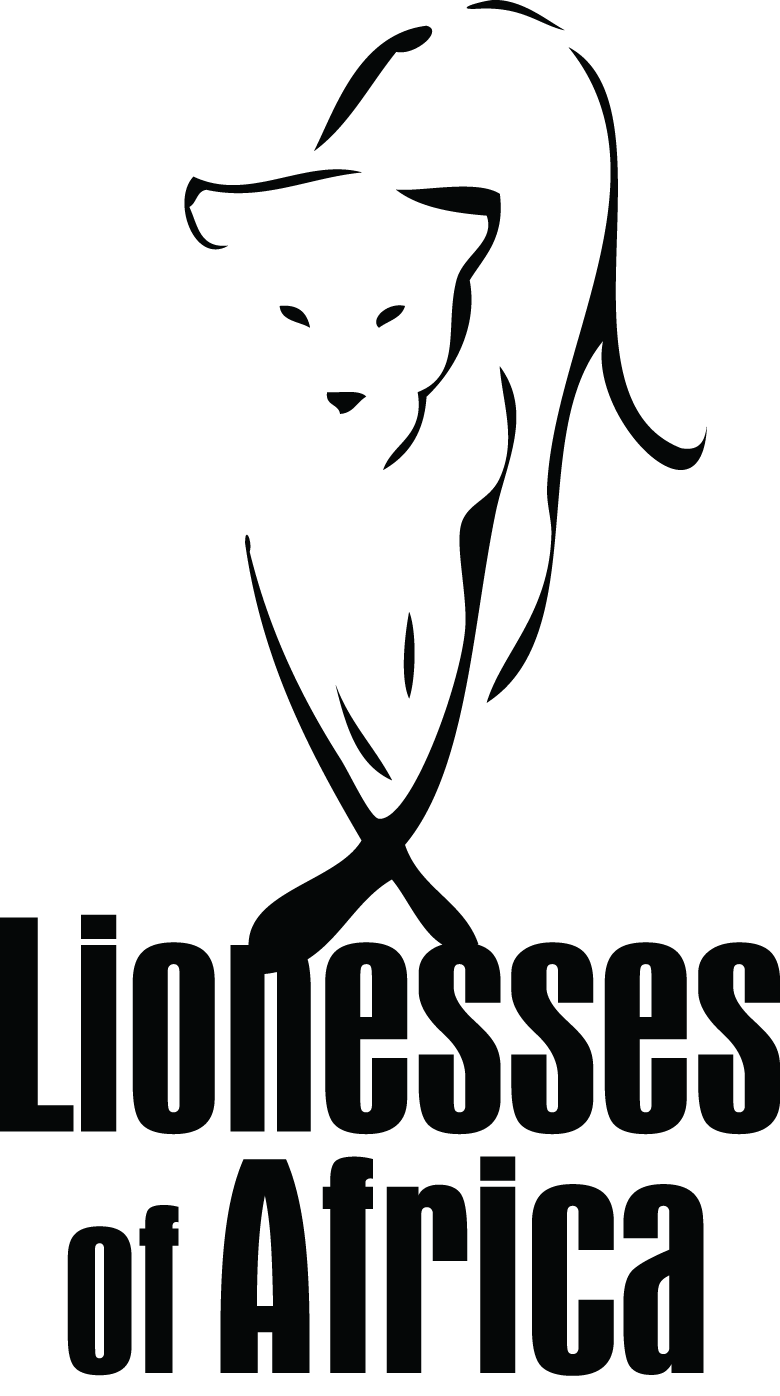by Sasha Knott
South Africa is having something of a statistical identity crisis. Recently, Capitec CEO Gerrie Fourie questioned the country’s official unemployment rate of 32.9%, suggesting it might be closer to 10% if we included the informal sector – gig workers, informal traders, and side hustlers. Minister Parks Tau echoed the sentiment. Stats SA, however, held firm. While that debate sparks headlines, it may be missing the bigger picture. The real issue? We’re still not connecting the right people to the right jobs – fast enough or far enough. “Arguing whether unemployment is 34% or 10% misses the point,” says Sasha Knott, Global CEO of Job Crystal. “The real debate should be: how do we reduce unemployment? If 24% of our workforce is in the informal sector, why aren’t we building tools to help those businesses grow and hire more?”
The Missing Link: Visibility
South Africa’s youth unemployment rate sits alarmingly close to 60%, according to Stats SA’s Quarterly Labour Force Survey (QLFS). But many of those young people aren’t idle – they’re just invisible to the formal job market. They’re freelancing, building small businesses on social media, selling online, or learning practical skills outside of traditional systems.
These are working individuals. But they’re untracked, unvalidated, and – at least by conventional hiring platforms – un-hireable.
“We’re using hiring tools that weren’t built for our economy,” says Vanessa Raath, global recruiter, trainer, and international keynote speaker. “LinkedIn doesn’t know how to process informal work experience or interpret a TikTok CV. And while recruitment agencies can help, they’re often too expensive or too slow for SMEs that need to hire at scale.”
What Global AI Gets Wrong – and What SA Could Get Right
Globally, AI is transforming the way companies recruit. A McKinsey report found that nearly 40% of HR departments in developed markets already use AI or automation in some part of their hiring processes. In major firms across Europe and North America, AI is now outperforming humans in first-round CV screening.
But in South Africa, AI built for our market is still the exception. Many tools are imported, overpriced, or out of touch with the local realities of BEE, informal experience, and uniquely South African salary expectations.
Job Crystal took a different route.
“We built our own AI in 2022 – before ChatGPT made AI a household name,” says Knott. “It was proudly South African from the start. It understands our context, our challenges, and our people.”
Unlike traditional hiring platforms, Job Crystal’s AI assesses three types of candidates – not just one. It actively sources, headhunts, and screens inbound applications in minutes. And it’s built to serve everyone – from a one-person startup in a garage to a corporate giant with 140,000 employees.
Hiring: The Ultimate Economic Stimulus
SMEs make up 98% of South Africa’s formal businesses and employ around 60% of the workforce. In other words, the quickest way to boost the economy is to help these businesses hire – better, faster, and more affordably.
Yet traditional recruitment often creates more friction than flow: agency fees, delayed turnaround times, and poor-fit candidates are common challenges for small companies just trying to grow.
“Recruitment in South Africa is broken for too many companies,” Knott says. “We’ve seen it again and again – when businesses can access affordable, intelligent hiring tools, they don’t just stay afloat. They grow. They hire more. And that’s how we reduce unemployment.”
For large corporates, too – especially those under budget pressure and facing growing transformation targets – smarter recruitment tech isn’t just helpful. It’s a strategic edge.
Changing the Narrative
Whether unemployment is 10%, 34%, or somewhere in between, one thing remains true: we need better systems, not just better surveys. The issue isn’t just job scarcity. It’s a systems failure – outdated platforms, inaccessible tools, and missing data.
If we shift our energy from arguing about the numbers to building smarter, more inclusive hiring ecosystems, we could unleash the full potential of South Africa’s workforce.
Final Thought
We don’t need more copy-paste solutions from overseas. We need homegrown, scalable tech that embraces the complexity – and creativity – of the South African labour market.
Because maybe the real question isn’t what the unemployment rate is – but why we’re still using outdated systems to try to fix it.
Sasha Knott is the Global CEO of Job Crystal, an AI-powered recruitment platform built in South Africa and sold internationally. She is passionate about solving unemployment through innovation that works in the real world – not just on paper.
More articles by Sasha





